
Taking care of ourselves is hard enough. We have to make sure we drink enough water, get that vitamin D, and consume more food than our stomachs can handle so we don’t become hangry. Taking care of plants, on the other hand, is nearly impossible. It’s like when the toy industry thought it was a good idea for a 12-year-old to maintain the life of a Tamagotchi. The pet always ended up crying— or let’s be real, dying—and thrown across the room.
So we get it, it seems you need a magic wand to make sure plants stay alive — but trust us, they’re worth it. Did you know houseplants are good for relieving stress and improving your mood all while purifying the air? (You can put that in your pipe and smoke it.) Having fresh plants in your home will literally improve air quality by releasing oxygen and taking in carbon dioxide, proven to be able to remove up to 87 percent of toxins in the air— which can make your space more zen and bring to life even the most boring of rooms.
If you’re thinking of becoming a #plantmom, here are some easy-to-take-care-of plants that should be resilient to even the worst black thumb.
Succulents
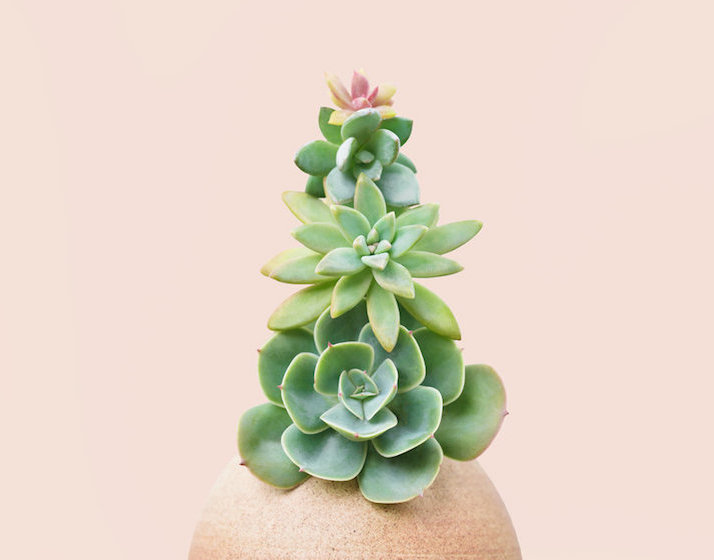
Photo via Fubiz
Yes, succulents are the icon of every Instagram post of your apartment and have gotten so mainstream that they could almost be seen as basic. But, much of the reason succulents are so popular is because they are incredibly simple to take care of and the best plant for new plant owners given their power of eluding death.
How to Keep Alive: They are low maintenance and happiest when placed on a windowsill where they get direct sunlight. Succulents should be watered about once a week—don’t overdo it, less is more.
Pothos
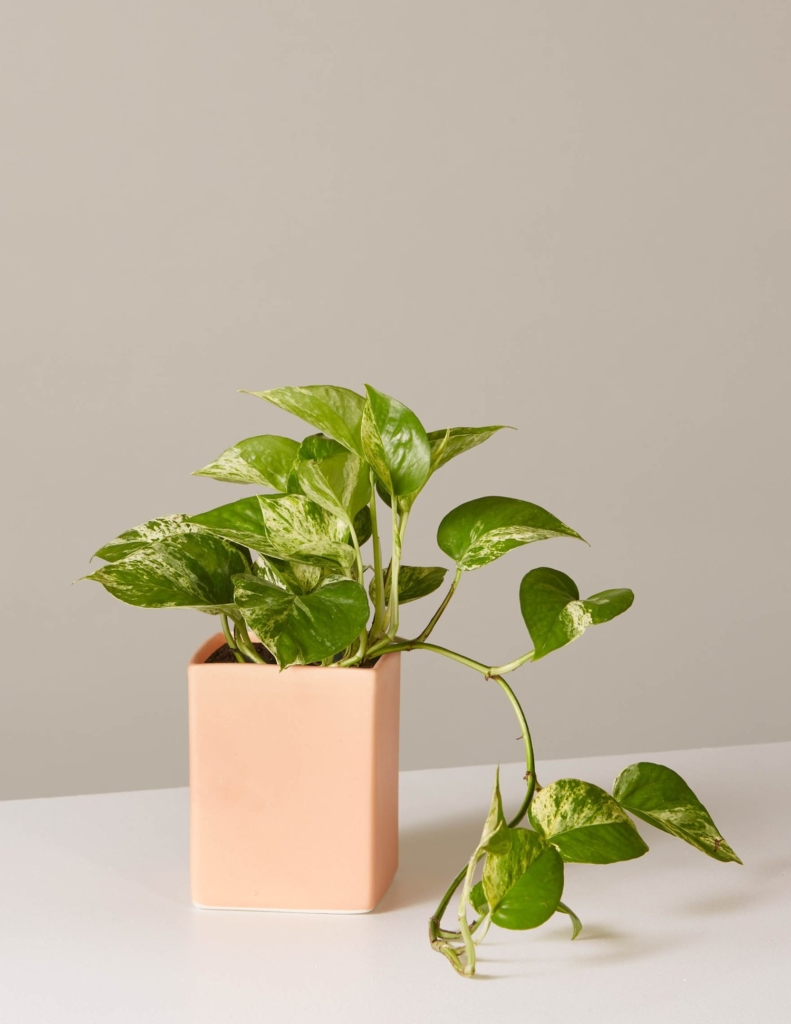
Photo via The Sill
As a vine-like plant, pothos can elegantly drape over a side table or inch down a wall, covering the space in leafy wonder. This makes them quite versatile, being able to be hung from the ceiling or placed in a pot on a shelf. Pothos also up the zen of your space, known as one of the best air purifying plants—able to remove the indoor air’s toxins.
How to Keep Alive: What’s even better is that pothos are so easy to take care of—they thrive in low to medium light, cooler temperatures, and you only need to water them every 7 to 10 days! That basically means you can go on a week-long vacation and not worry about your pothos dying while you’re away—bliss!
Snake Plant
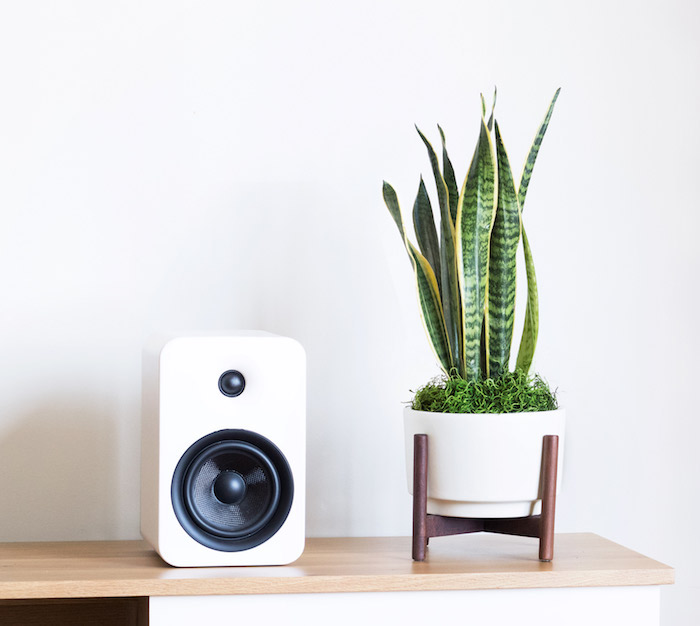
Photo via Leon & George
More formally known as the Sansevieria, the snake plant commands attention with its tall green and yellow leaves that point straight upright. It is technically a succulent, but due to its large size (that’s what she said?), we are giving it a category and room of its own. Snake plants are perfect to place on the floor in the corner of your living room or bedroom to add height and dimension to your overall space.
How to Keep Alive: They are pretty much indestructible. They need watering about every three weeks (more or less than this depending on the humidity levels in your home). While they prefer medium light, they are pretty tolerant of most levels of light and are fine with most household temperatures. Like pothos, snake plants are also great for purifying the air. They filter out formaldehyde and nitrogen oxide at night while you sleep!
Crotons
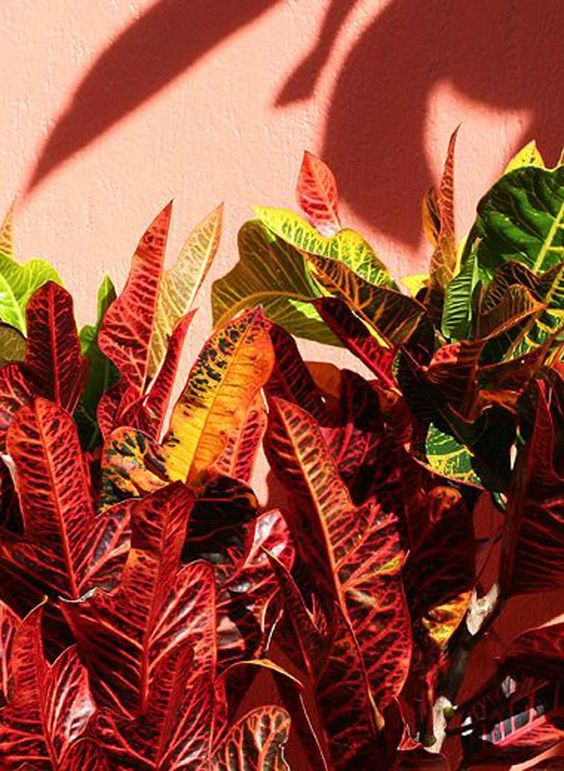
Photo via Casa Vogue
While this name may connote that of an ancient mythological monster (think Kraken), crotons are actually amazing. Native to tropical climates, crotons retain a rainforest-y color scheme with their marbling of deep greens, maroons, and yellow-oranges. Don’t be deterred by Crotons usual reputation of being finicky houseplants; they won’t play games and are pretty straightforward (unlike most NYC dates).
How to Keep Alive: They are creatures of habit and often go into shock if moved too much (showing signs such as losing leaves), so when you choose a place for your Croton, stick with it! Other than that, they’re pretty resilient. Tropical by heart, Crotons enjoy humidity and should be watered about every three days (test when the soil is dry on the top and this is when your Croton should be watered next). For light, the general rule of thumb is the more colorful the Croton plant, the more light it likes. If you want to be safe, you can place the plant in moderate sunlight.
Parlor Palm
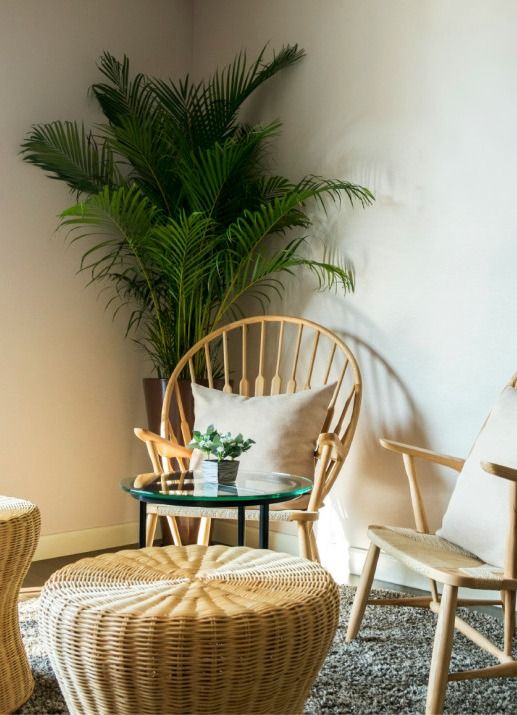
Photo via Quick and Loans
With an elegant name like “parlor palm,” who can resist? Will adding this plant immediately transform your space to be akin to the luxe Great Gatsby era? Perhaps. But we love the parlor palm not only for its name, but for its low maintenance.
How to Keep Alive: Parlor palms are the easiest to care for of the indoor palm tree varieties, and they thrive in low to medium light areas like your “parlor.” They only need to be watered every two weeks, so again suitable for all you jet-setters. While a slow grower, the parlor palm can eventually grow to up to four feet tall to become an eye-catching floor plant. Another added bonus—parlor palms are also known to be good for purifying the air as well as being pet-friendly. You’re welcome.
—
Featured Image via Veda

